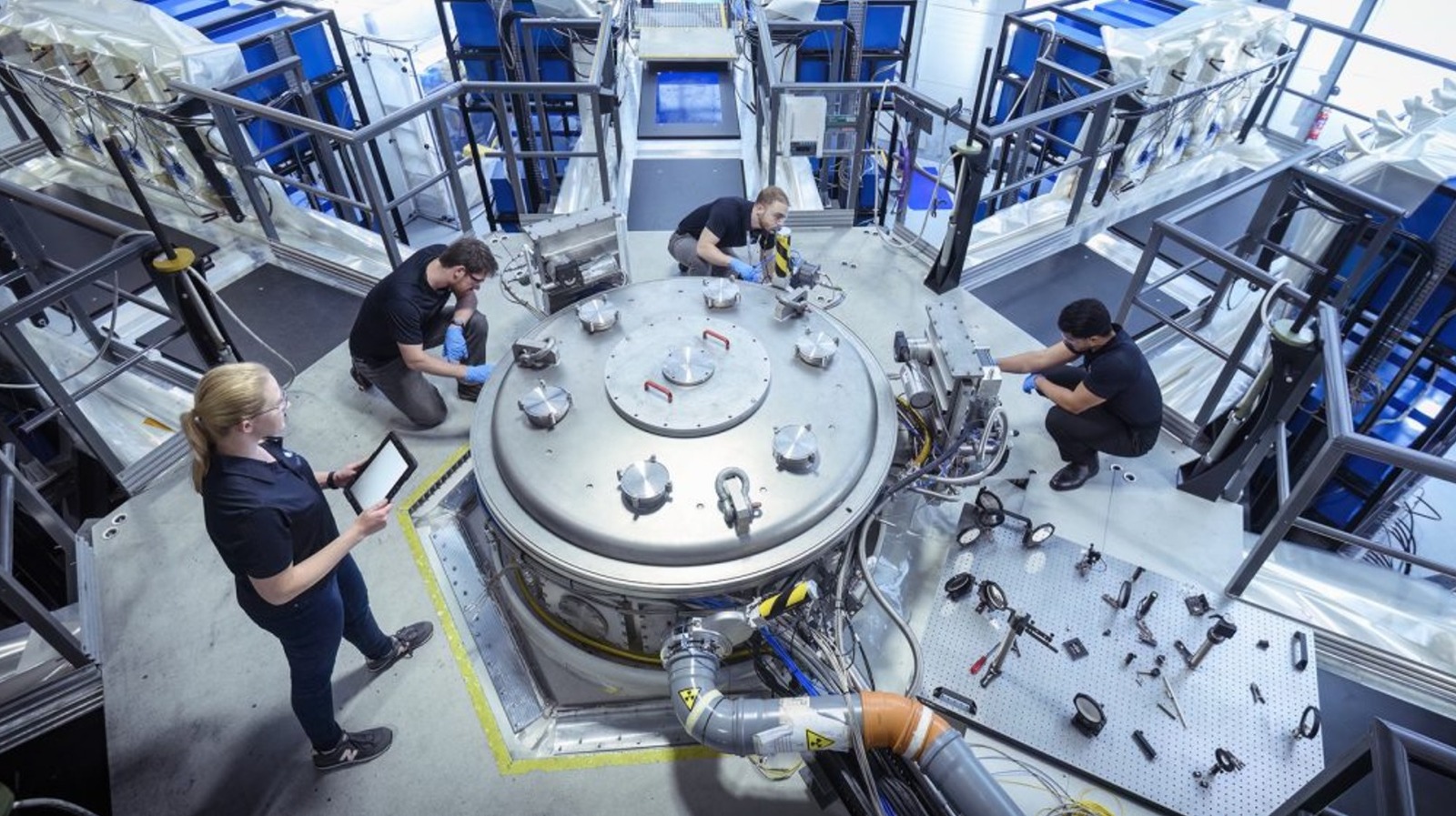Science
UK Firm Achieves Milestone in Fusion Power Breakthrough

The United Kingdom-based company First Light Fusion has made a significant advancement in the quest for sustainable energy by achieving a breakthrough in fusion power technology. This milestone marks the first time a method for “high gain” inertial fusion has been successfully implemented, bringing the prospect of commercial fusion reactors closer to reality.
Fusion power utilizes the energy released during nuclear fusion reactions, where two light atomic nuclei combine to form a heavier nucleus. This process releases a substantial amount of energy, which could potentially provide an almost limitless supply if harnessed effectively. The implications for energy production are profound, as successful fusion reactors could eliminate reliance on fossil fuels, significantly reducing greenhouse gas emissions.
Historically, researchers have struggled with the concept of gain in fusion power, which refers to generating more energy from a reaction than the energy input required to initiate it. Prior experiments have not achieved sustainable gain, meaning that energy output always lagged behind energy input. However, First Light Fusion’s new technique, known as FLARE (Fusion via Low-power Assembly and Rapid Excitation), aims to change this dynamic.
FLARE has the potential to reach a gain of 1,000, a remarkable improvement from the current experimental gain of four, achieved by the U.S. Department of Energy’s National Ignition Facility in May 2025. This new approach differentiates the processes of compressing and heating the fusion fuel, allowing for a large surplus of energy generation through a process termed “fast ignition.”
In its white paper detailing the FLARE process, First Light Fusion highlights that just one kilogram (2.2 lbs.) of fusion fuel can produce energy equivalent to that found in 10 million kg of coal (approximately 22,046,226 lbs.). Achieving ignition, the point at which the fuel reaches around 100 million kelvin (approximately 180 million degrees Fahrenheit), is critical for generating a self-sustaining fusion reaction.
While producing such extreme temperatures requires substantial energy, the potential for self-sustaining fusion offers a pathway to vastly increased energy production. If FLARE operates as theorized, it could pave the way for multiple fusion reactors capable of delivering energy to power the globe.
This breakthrough is a stepping stone in a long journey toward creating commercially viable fusion power plants, but it signals a promising advancement in the ongoing effort to transition from non-renewable energy sources to more sustainable alternatives. The developments in fusion research, exemplified by First Light Fusion’s recent success, suggest that the realization of practical fusion energy may be a matter of time rather than possibility.
-

 World2 weeks ago
World2 weeks agoGlobal Air Forces Ranked by Annual Defense Budgets in 2025
-

 World3 weeks ago
World3 weeks agoMass Production of F-35 Fighter Jet Drives Down Costs
-

 Science2 weeks ago
Science2 weeks agoTime Crystals Revolutionize Quantum Computing Potential
-

 Top Stories2 weeks ago
Top Stories2 weeks agoNew ‘Star Trek: Voyager’ Game Demo Released, Players Test Limits
-

 Top Stories2 weeks ago
Top Stories2 weeks agoDirecTV to Launch AI-Driven Ads with User Likenesses in 2026
-

 World2 weeks ago
World2 weeks agoElectrification Challenges Demand Advanced Multiphysics Modeling
-

 Entertainment2 weeks ago
Entertainment2 weeks agoFreeport Art Gallery Transforms Waste into Creative Masterpieces
-

 Lifestyle2 weeks ago
Lifestyle2 weeks agoLia Thomas Honored with ‘Voice of Inspiration’ Award at Dodgers Event
-

 Lifestyle2 weeks ago
Lifestyle2 weeks agoDiscover Reese Witherspoon’s Chic Dining Room Style for Under $25
-

 Health2 weeks ago
Health2 weeks agoGavin Newsom Critiques Trump’s Health and National Guard Plans
-

 Entertainment2 weeks ago
Entertainment2 weeks agoFast & Furious Coaster Hits the Track at Universal Studios
-

 Science2 weeks ago
Science2 weeks agoWaning Crescent Moon: What to Expect on October 17









